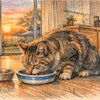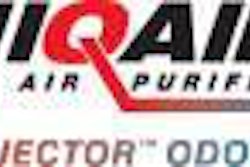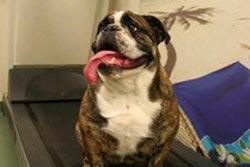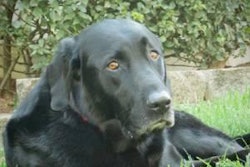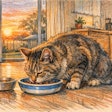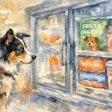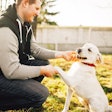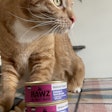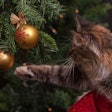A special odor sampling procedure with nitrogen dilution has been developed by Uniqair and Purdue University's odor lab for odor samples with high humidity from fishfeed and petfood dryers.
The nitrogen will preserve the odor and prevent condensation for more accurate odor concentration test results, according to the developers. Unlike VOC testing, the odor lab utilizes human noses of screened panel members with odor sensing capabilities that reflect the average person. Odor samples are diluted until detection threshold; the required number of dilution is the odor concentration: DT (detection threshold) or ou/m3 (odor units per cubic meter).
Some petfood recipes with high fat and protein content can have high odor concentrations in the (untreated) air from the dryers of 100,000 DT or ou/m3. This means it needs a stack dilution of 100,000 to ground level. Fish feed generally has even more odor, so for fishfeed or petfood containing fish, a plasma injector with more energy capacity is applied to oxidize these odors.
